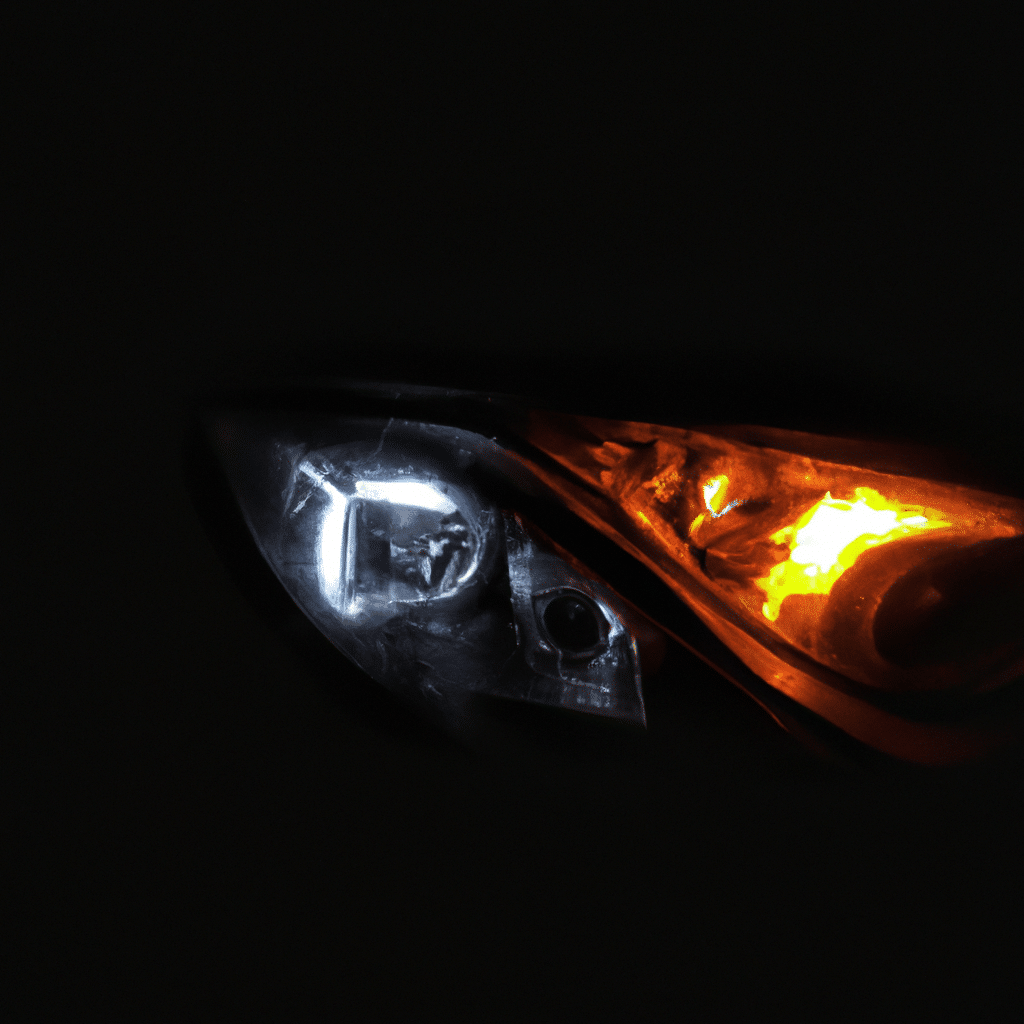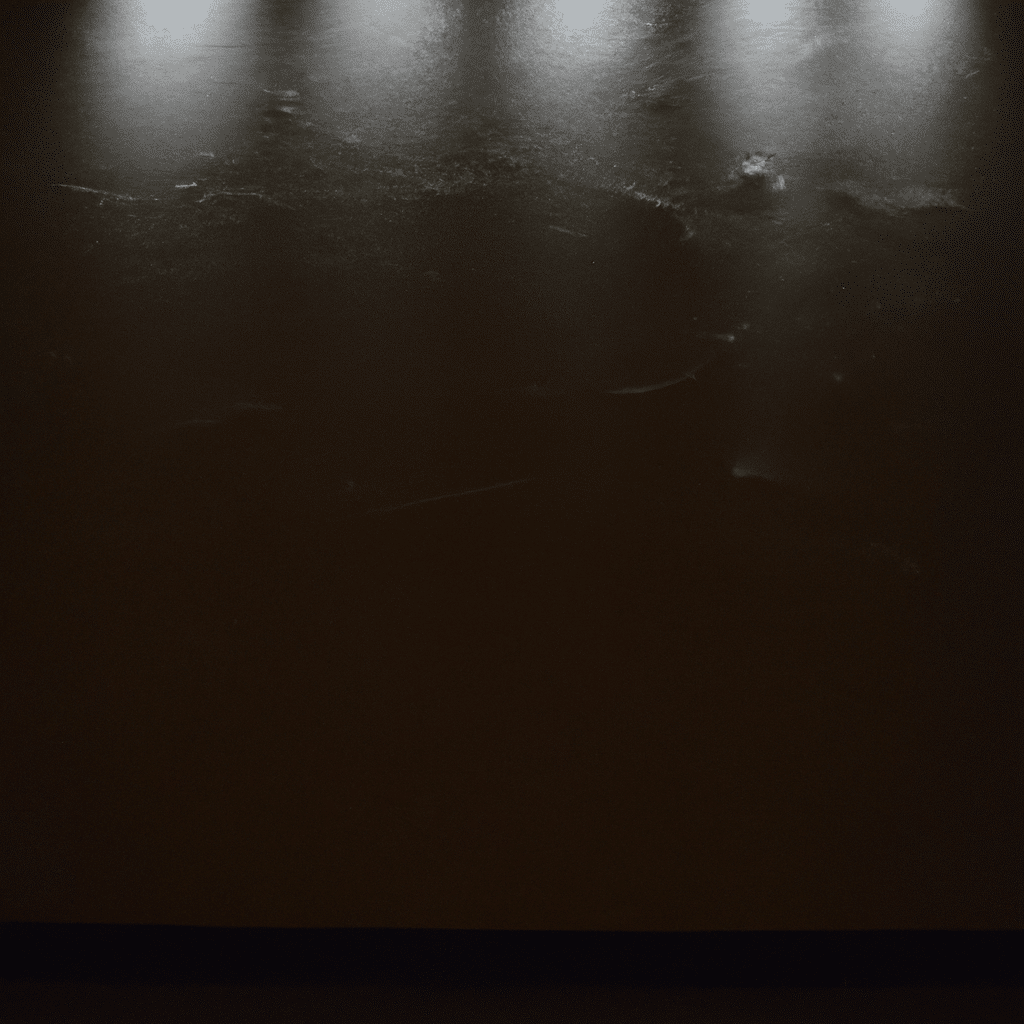Welcome to our comprehensive guide on overcoming wiring complications in LED installations. As LED technology continues to advance, it has become an increasingly popular choice for lighting in various applications. However, the installation process can sometimes be challenging, particularly when dealing with wiring complications. In this article, we will explore effective strategies and solutions to help you navigate and conquer these challenges. Whether you are a professional electrician or a DIY enthusiast, this guide will provide you with the knowledge and techniques necessary to successfully tackle wiring complications in LED installations.
Understanding the Basics of LED Installations
Before delving into the complexities of wiring complications, it is essential to have a solid understanding of the basics of LED installations. LED stands for Light Emitting Diode, which is a semiconductor device that emits light when an electric current passes through it. Compared to traditional lighting options, LEDs offer numerous advantages, including energy efficiency, longer lifespan, and versatility in design.
LED installations typically involve three main components: the LED fixtures, the power supply, and the wiring. The fixtures house the LEDs and provide the necessary support and protection. The power supply, also known as the LED driver, regulates the electrical current and voltage required to power the LEDs. Finally, the wiring connects the fixtures to the power supply, creating a complete circuit.
Common Wiring Complications in LED Installations
- Incorrect Wiring Connections: One of the most common complications in LED installations is incorrect wiring connections. This can lead to flickering lights, dimming issues, or even complete failure of the LED fixtures. It is crucial to understand the wiring diagram provided by the manufacturer and ensure that the connections are made accurately.
- Inadequate Wire Gauges: Another challenge is selecting the appropriate wire gauge for the LED installation. Using wires with insufficient gauge can result in voltage drop, overheating, and potential fire hazards. It is essential to consult the manufacturer’s guidelines or a professional electrician to determine the correct wire gauge based on the distance and power requirements.
- Improper Wire Routing: Improper wire routing can cause tangling, bending, or pinching of the wires, leading to potential damage or malfunction. Careful planning and organization of wire routing paths are necessary to avoid these complications. Utilizing cable management solutions such as cable trays or conduits can help maintain neat and organized wiring.
- Lack of Proper Grounding: Inadequate grounding can result in electrical shock hazards and interference with other electronic devices. Proper grounding ensures the safe dissipation of excess electrical charges and minimizes the risk of electrical malfunctions. Following local electrical codes and guidelines for grounding practices is crucial in LED installations.
- Compatibility Issues: LED fixtures and power supplies come in various types and specifications. Ensuring compatibility between the fixtures and power supply is essential to avoid complications. Mismatched voltage or current requirements can lead to performance issues, premature failure, or even damage to the components.
- Insufficient Cable Length: Insufficient cable length can be a significant hurdle, especially in larger installations or when fixtures need to be placed far apart. It is crucial to accurately measure and plan for the required cable length to avoid unnecessary splicing or wiring extensions, which can introduce additional complications and potential points of failure.
- Inadequate Documentation: Lack of proper documentation, including wiring diagrams, labeling, and documentation of wire connections, can lead to confusion and difficulties in troubleshooting or future maintenance. It is essential to document and label all wiring connections and components for easy reference and accessibility.
Strategies to Overcome Wiring Complications
- Thorough Planning and Design: Before starting any LED installation, invest time in thorough planning and design. Create a detailed layout, considering factors such as fixture placement, wire routing paths, and power supply locations. This will help identify potential wiring complications in advance and allow for efficient and organized installation.
- Follow Manufacturer Guidelines: Always refer to the manufacturer’s guidelines and specifications for the LED fixtures and power supplies. Follow their recommended wiring diagrams, wire gauges, and installation procedures. Manufacturers have extensive knowledge and experience with their products, ensuring optimal performance and minimizing complications.
- Proper Wire Management: Implement effective wire management techniques to prevent tangling, bending, or pinching of wires. Utilize cable trays, conduits, or wire channels to organize and protect the wiring. Velcro ties or cable clips can be used to secure the wires in place and maintain a clean and professional appearance.
- Test and Inspect: Before finalizing the installation, thoroughly test and inspect the wiring connections, fixtures, and power supply. Use a multimeter or other appropriate testing tools to ensure proper voltage, continuity, and grounding. Identifying and resolving any issues or complications at this stage will save time and effort in the long run.
- Proper Grounding and Bonding: Ensure that proper grounding and bonding practices are followed as per local electrical codes and guidelines. Use grounding wires, grounding rods, or other approved methods to establish a reliable and safe grounding system. Regularly inspect and maintain the grounding connections to prevent potential complications.
- Document and Label: Document all wiring connections, labeling each wire and component for easy identification and future reference. Take photos or create diagrams to visually represent the wiring layout. This documentation will be invaluable for troubleshooting, maintenance, or future expansions.
- Consult a Professional: If you encounter complex wiring complications or lack confidence in handling certain aspects of the LED installation, do not hesitate to consult a professional electrician. Their expertise and experience can help overcome challenges and ensure a successful and safe installation.
Conclusion
In conclusion, wiring complications in LED installations can be overcome with careful planning, adherence to manufacturer guidelines, proper wire management, and thorough testing. By following the strategies outlined in this guide, you can navigate and conquer the challenges associated with wiring in LED installations. Remember to prioritize safety, consult professional help when needed, and document your installation for future reference. With these effective strategies, you can confidently tackle the tangled web of wiring complications and achieve successful LED installations.



